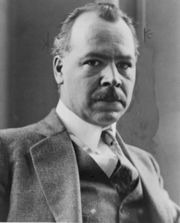The Equator Initiative, a United Nations-led partnership that supports grassroots efforts in biodiversity conservation and poverty alleviation, has selected 25 winners of the Equator Prize 2008.
And here they all are. Lots of great stuff there on agrobiodiversity conservation and use. Somewhat invidious to single anyone out, but I can’t resist. Check out in particular the work of the Unión de Organizaciones Campesinas e Indígenas de Cotacachi.
